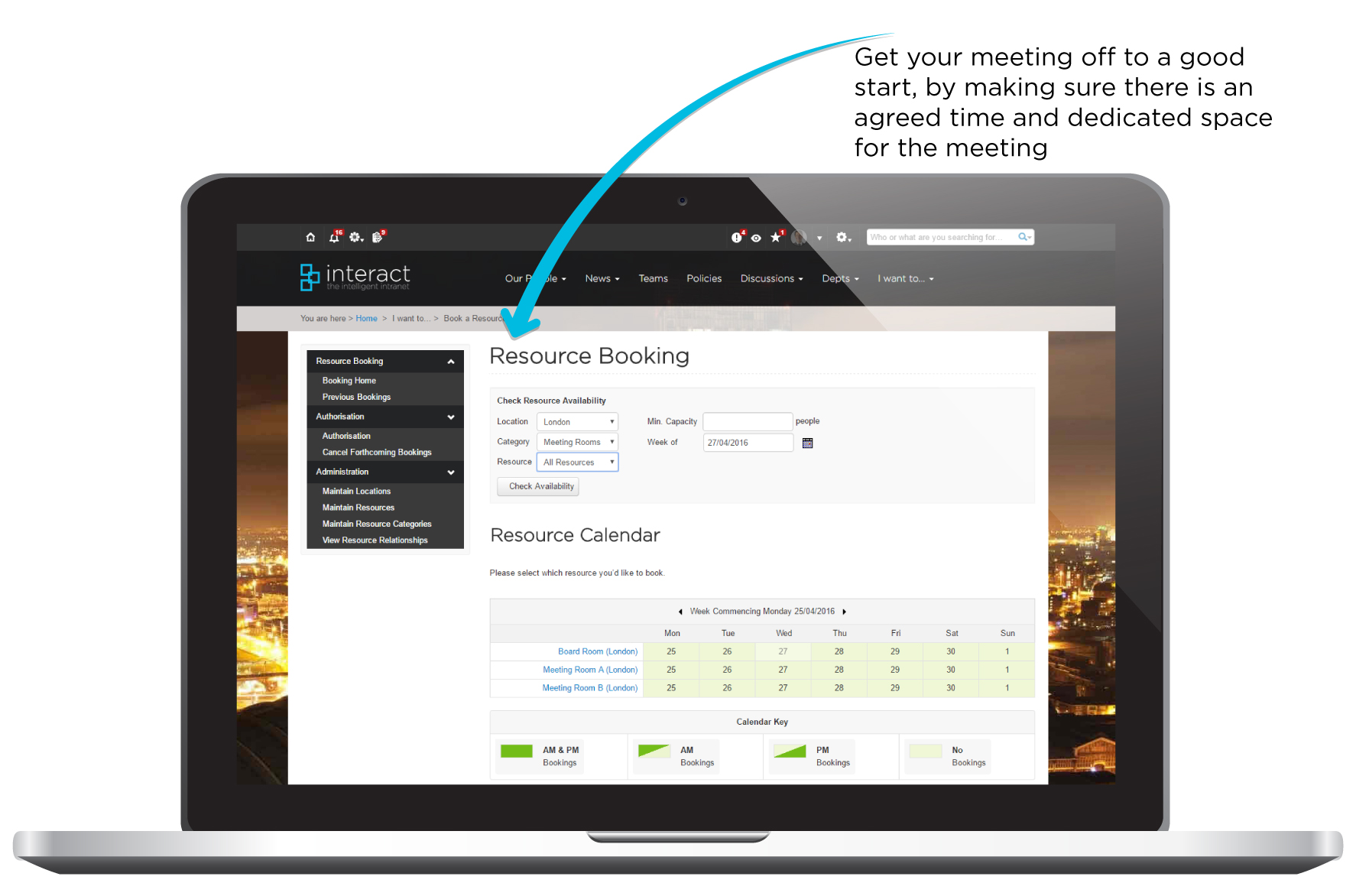5 P’s of conducting successful meetings using your intranet
If you’re not careful, you could fill your whole week with meetings, whether virtual, in the office or off-site – the digital workplace has not changed quantity of meetings! But how much do you get out of these meetings, as both an organiser and attendee; and how much of a disruptor have these meetings become to getting work done? Interestingly, a recent Interact community snapshot poll revealed that of 4 workplace distractions (emails, meetings, social media and the internet), meetings were considered the runner up worst offender, accounting for over 31% of responses. These findings led me to believe that for many businesses, meetings are not structured or productive, becoming more of a hindrance than a help to collaboration in the work place.
Surely there must be a way to make meetings useful again? The five P’s for effective meeting planning have been around for some time, but seem to have been forgotten along the way with the advent of new technology. So surely, by merging the two together we can create an even better process for meeting success…
1. Purpose
Why is the meeting going ahead in the first place? Will it help you, the team or indeed the project? It’s good practice to ask for clarity of who is contributing what, so everyone knows what is expected of them and whether they are best placed to provide that support going forwards. All very well said of course, but how are you going to ascertain this information and make it accessible to everyone in the team?
This is where technology goes that extra line in making business purposeful. By having these discussions in an open team space on your intranet, everyone can see what’s being discussed, and you can ensure knowledge and people aren’t missed.
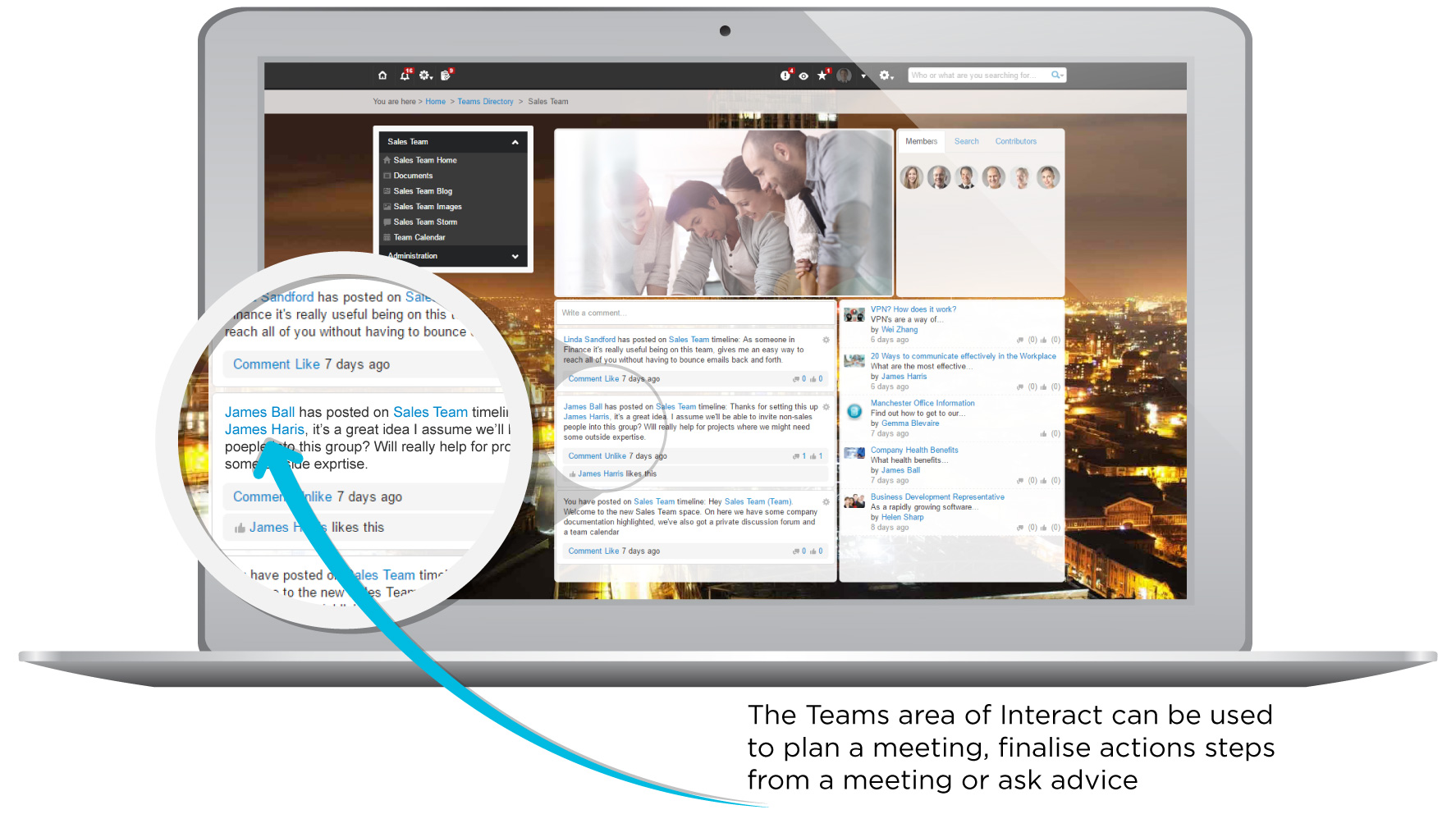
2. Product
How many meetings have you been to, where nothing follows through afterwards? You’re left feeling it’s a complete waste of everyone’s time as there are no actions or tangible results at the end.
Again, use the team space to ascertain what the expected results are. What is the outcome expected from the meeting and how will the results be measured?
You could even send out a survey to participants to find out what results they expect from the meeting. This will ensure thoughts are lined up and you will get further insight into expectations.
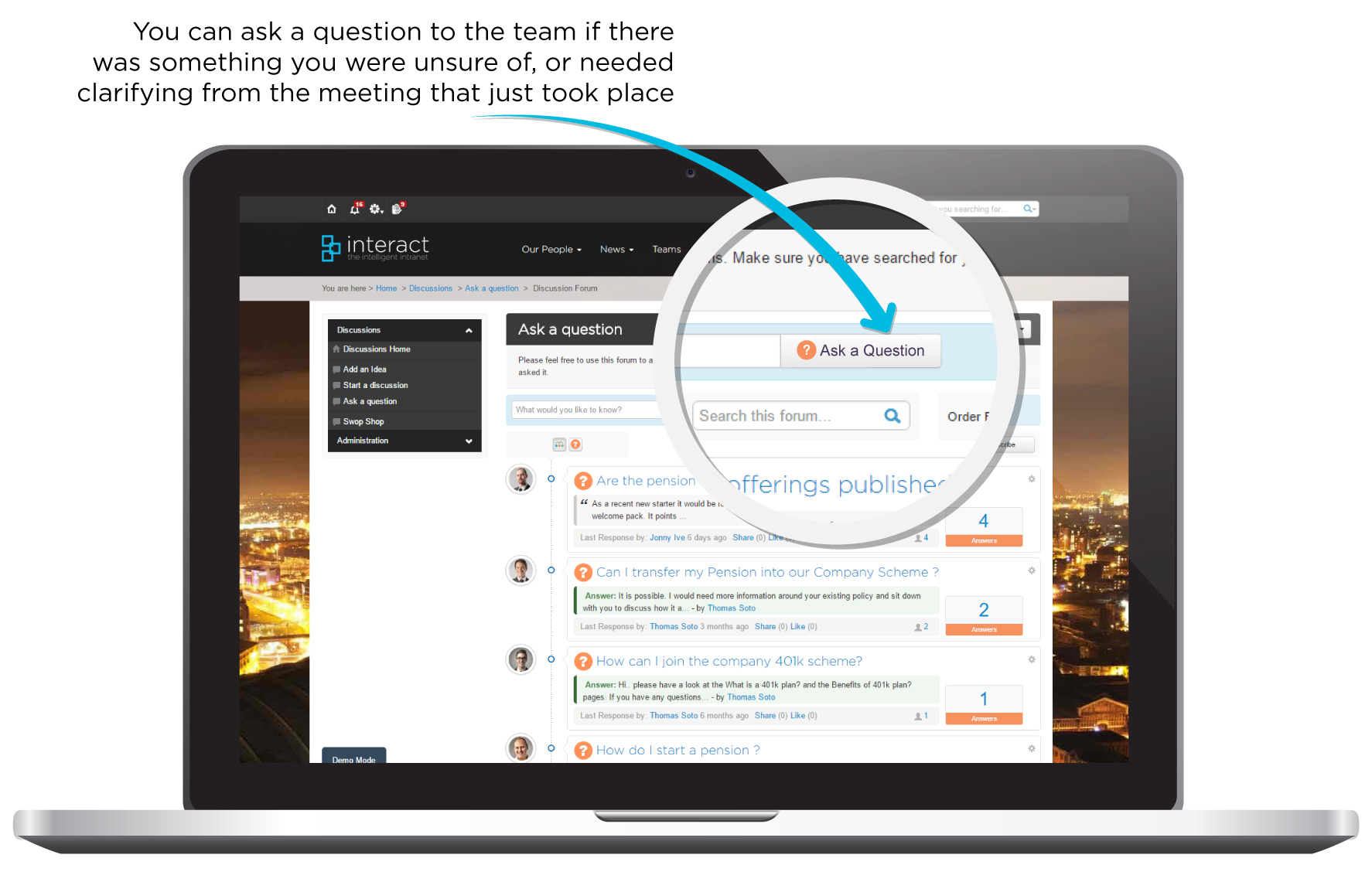
Having a space where everything is captured also means you don’t lose any knowledge or information when someone leaves the business, and when someone takes over they don’t have to call a meeting to go over the same bits – it’s all been documented, product and all.
3. Process
Following the above steps will help everyone arrive to the meeting with a purpose and through understanding of what needs to be achieved. You have already saved time ahead of the meeting and you now need to ensure discussions are kept on track through the methods and tools you choose to achieve your goals.
This may be done by creating a workflow with everyone there and then, and if on the same platform as your team space it’s easily shared and accessible to everyone afterwards. You can even add in authorisation steps and actions so everything that needs to be achieved, when and by who is documented.
It’s also worth considering what information you may need access to and where it’s stored. The latest intranet technology allows you to access all your organisation’s applications and systems from one platform. Plus, with Single Sign On (SSO) you will avoid any embarrassing moments trying to log-in to multiple systems during the meeting.
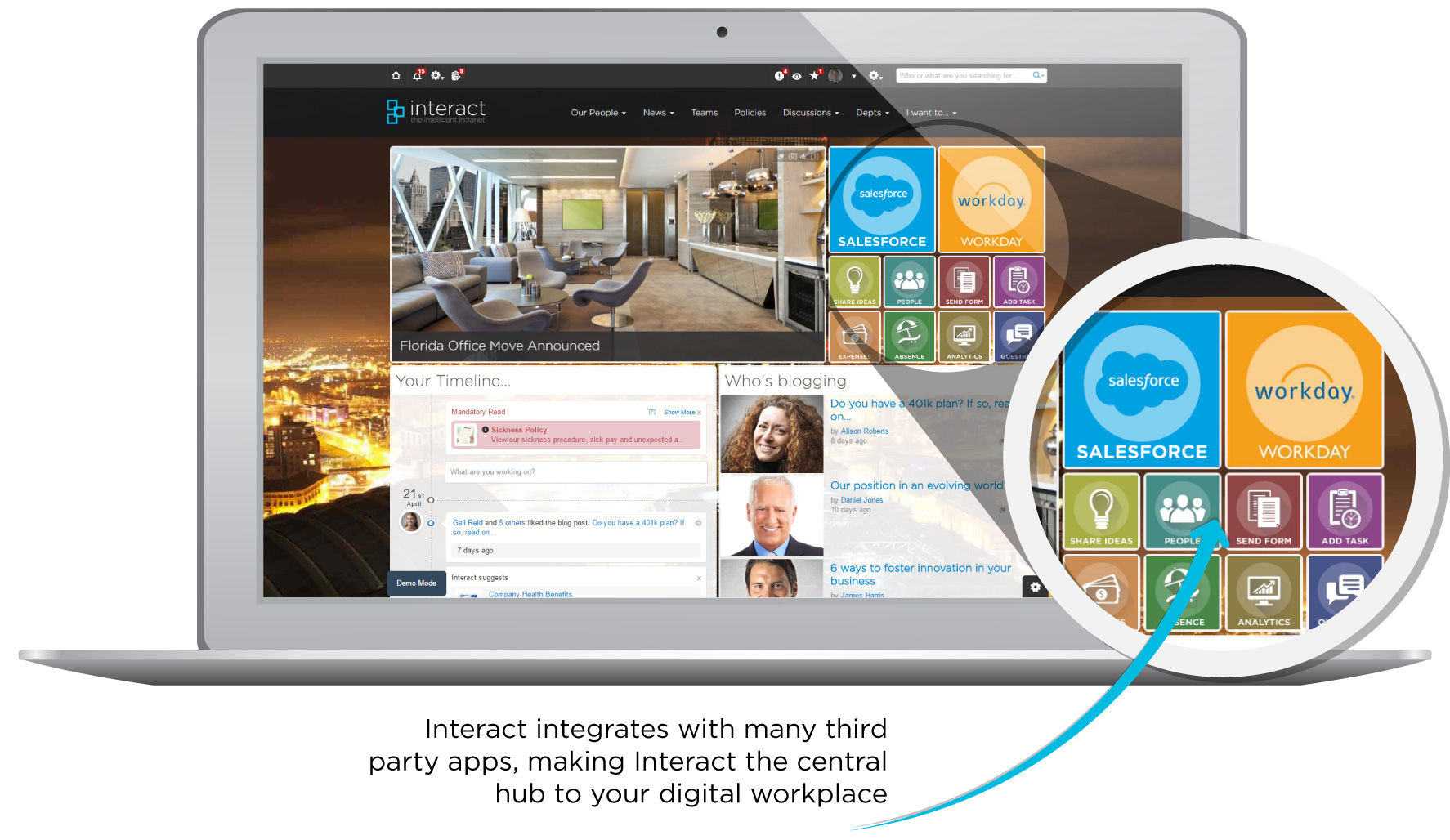
4. People
Of course people are the essential ingredient to a meeting, both as attendees and stakeholders. Having an open team space will help you capture who the significant people are, and will help you identify anyone who may have been missed. However, this isn’t always possible if the meeting is sensitive, as it may be a closed group set to either private or hidden – the beauty of private of course being that if something feels they could add value they are aware it exists and can get in contact.
Experts within the organisation can also be identified through intelligent intranet search that suggests people who have experience or knowledge within certain areas based on their content and profile information.
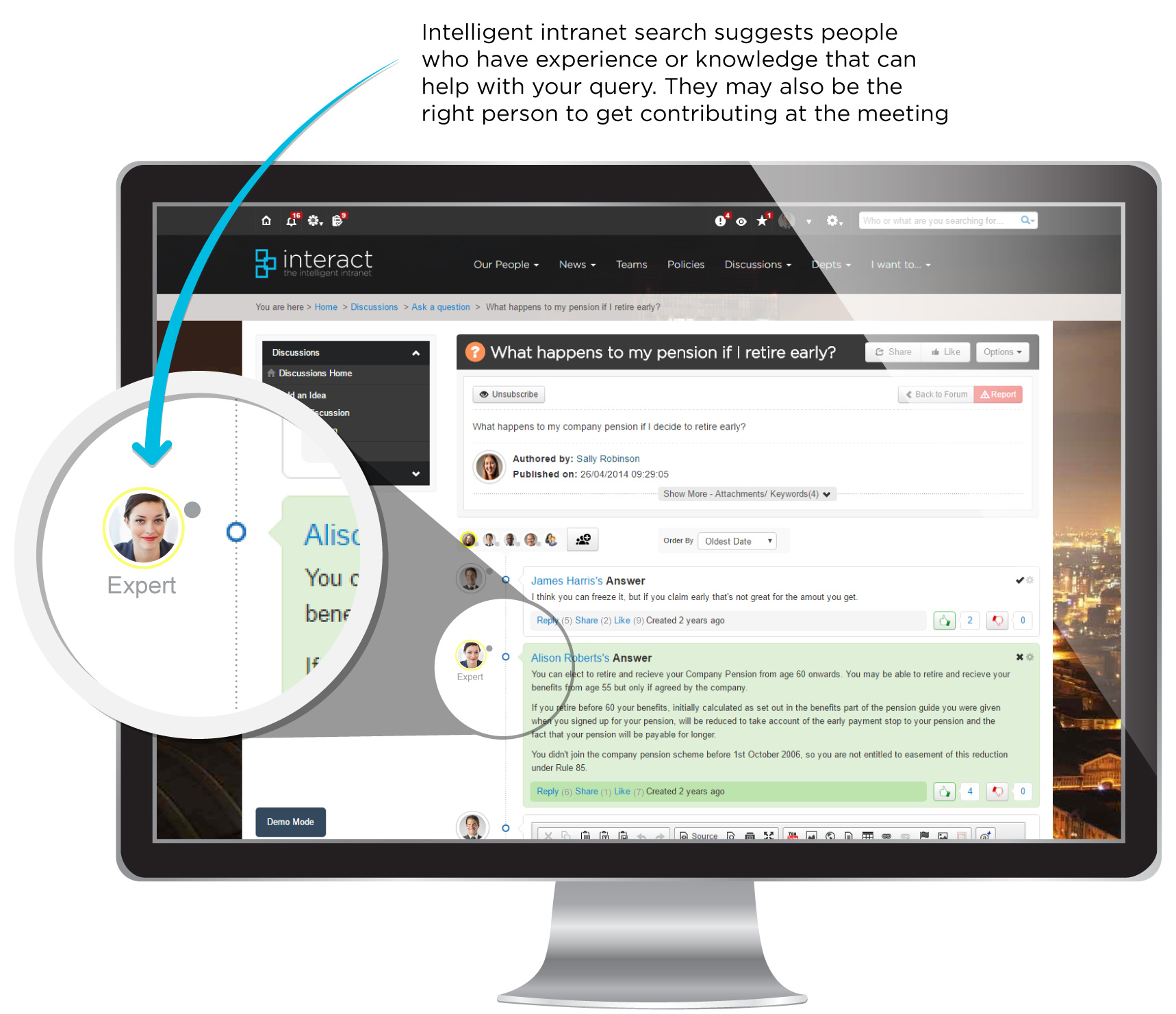
5. Preparation
This is essential for both the organiser and attendees, and if we’re honest, may be the one most forgotten (perhaps because we have too many meetings in the diary to find the time to do it). But, this is a sure way to help you get the most out of all the minds in the room.
Try posting a task before the meeting to give attendees a chance to really think about what they want to get out of it and what they can do to make sure they are fully prepared. Use the team space to ask everyone for suggested topics – doing so publically will create a sense of ownership, spark additional ideas amongst the group, and of course ensure all important topics are covered.
And let’s not forget the administrative efforts that come with arranging a meeting, whether virtual or not. Why not make the most of doing that through your intranet too…
